Stinky Flowers
There aren’t many things that smell better than walking through a beautiful garden and inhaling the intoxicating aroma of flowers in bloom; unless of course, they are stinky flower. Some folks just assume that all flowers smell nice and while others may know that some don’t emit a scent at all, gardeners know that there are also some real stinkers out there.
The scent of a flower
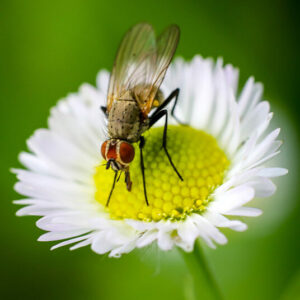
A flower gives off scent, not for the enjoyment of humans but to attract pollinators. Different fragrances attract different pollinators, and what smells good for some insects may smell horrible to others. Most flowers that lack scent are hybrids; breeding for longer lasting blooms often diminishes or removes this element. But why do some flowers smell stinky?
They too are trying to entice pollinators; however, their pollinators aren’t the lovely butterflies and bees but rather insects like flies and beetles. What are these insects typically attracted to? Feces, rotting meat and other decaying things, therefore it only makes sense for these plants to emit foul odours. Flies and beetles may not be as well-known as other pollinators, but they do serve an important function for a small group of malodourous plants. In fact, several of these flowers have evolved to mimic decaying matter with fleshy or hair covered flowers.
Not in my yard!
In fact, several plants produce putrid smelling flowers. The corpse flower is well-known for not only flowering every decade or so but for the reeking odour of rotting flesh that its compound flowering stalk exudes. Several more exotic flowers are stinky too, including other members of the Arum family, the voodoo lily and starfish flower to name a few.
It is true that several noxious plants are not native to North America. They are attractive novelties gathered by arboretums and collectors. A few of the more common varieties can even be found for sale in greenhouses. There are however, several less obnoxious, but still stinky smelling plants found in yards across the country. You may think you don’t have any of these plants in your yard but read on, you just might.
It’s coming from the trees
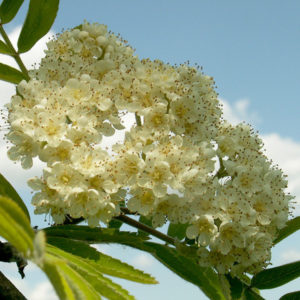
Have you ever walked down a city street in the spring when the trees are blooming and smelled semen? The Callery pear (Pyrus calleryana) and Tree of Heaven (Ailanthus altissima) or stinking sumac, were both once used for greening city streets in parts of Canada and the U.S. The trees are beautiful until they flower, perfuming the streets with stinky the scent of semen and vomit. The smell disappears with the blooms but neither are used anymore as both species are also invasive.
Hawthorn trees (Crataegus), also called Mayflowers as they bloom in May, are quite stunning trees. The flourish of flowers reek with a scent that has been referred to as “the smell of the Great Plague”, thanks to the chemical triethylamine. One of the first gasses released from decaying flesh, it has a strong, fishy, vomit-like stench. The offensive smell attracts carrion beetles, which move from flower to flower pollinating them as they search for their non-existent, decaying meal. The common hawthorn is the only species that has a pretty, sweet smell.
Mountain Ash trees are much sought-after landscape trees that offer three-season beauty, from their lovely spring flowers, lush summer greenery and orange fruit set against their purple-red leaves of fall. Pollinated by flies, Rowan trees emit trimethylamine to attract them. Another product of decomposition, this chemical is often associated with rotting fish.
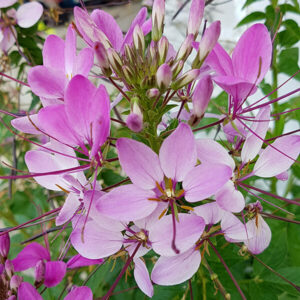
Leaves that reek
Lantana is a familiar sight in gardens with its long-lasting, colourful blooms. Unfortunately, the leaves secrete an aura of cat urine and gasoline. Like Lantana, the leaves of butterfly flower, datura and cleome all have an overpowering stench.
Pretty flower, but stinky
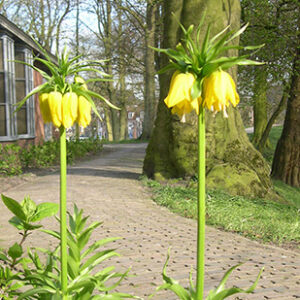
The garden stunner crown imperial (Fritillaria imperialis) is a real garden stinker. The sweaty, skunky or sulfur-like scent is given off by a chemical called sulphurous terpene, and the entire plant exudes this foul odour, even the bulbs! But with a show-stopper like this you can forgive the plant its unseemly smell, just place it at the back of the garden. One benefit is that it does repel mice, gophers, deer and the like. In fact, historically it was often planted as a border to protect other plants.

Red trilliums (Trillium erectum) have earned their name, Stinking Benjamins. If you’ve ever smelled rotting meat, you may associate the smell with this pungent wildflower. Green flesh-flies are their pollinators of choice. Skunk cabbage (Symplocarpus foetidus) leaves and flowers are known to smell quite skunky as their name suggests. The blossom stems are unusual in that they generate heat which allows them to emerge in early spring by melting the surrounding snow cover.
Sought after shades of blue can be achieved by adding sea holly (Eryngium) or globe thistle (Echinops) to the garden; just don’t plant them too close to a seating area, they smell like feces and attract flies. Allium, or flowering onion, smells like, well, onions which do help to repel pests like deer and rabbits. Geranium and paperwhite narcissus (Narcissus tazetta) also have distinct stinky flower scents that gardeners either love or hate.
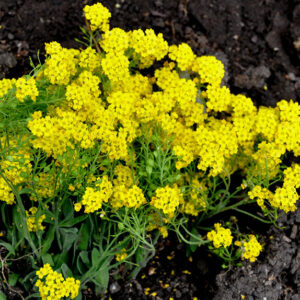
Sweet alyssum, as its name suggests, is sweet smelling. Yellow alyssum (Aurinia saxatilis) is another story. This impressive yellow-blooming perennial puts on quite the display in spring and is often used as a sunny ground cover, but don’t walk by and expect to inhale a pleasant smell. The flowers are repulsive.
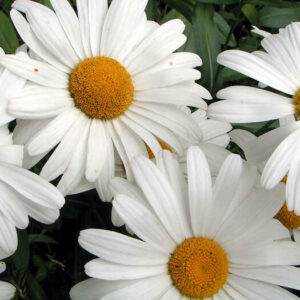
Shasta daisies (Leucanthemum × superbum) are summery additions to any garden, at least until you stick your nose in one. Not all daisies smell, but some emanate an air of cat urine or manure to attract flies for pollination. Love it or hate it, marigolds have a distinct smell and they are fabulous additions to the garden. They secrete oils called terpenes from their leaves which help to repel insects and plant nibbling mammals.
The scents that are deemed pleasing will vary from person to person but the majority of these plants are indeed off-putting. How many of these stinking beauties do you have in your garden?
By Tania Moffat

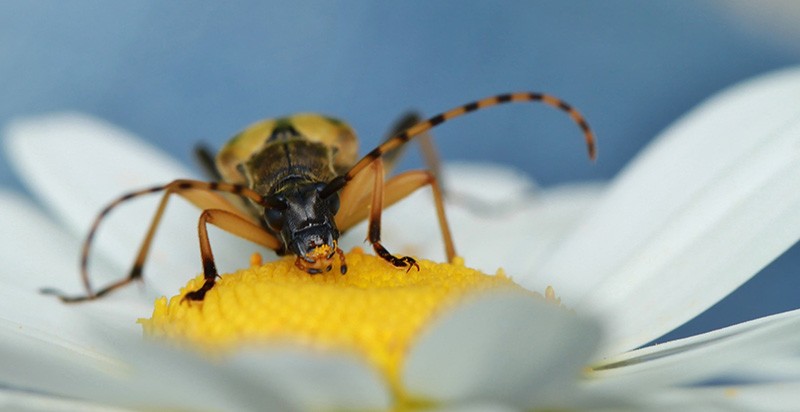

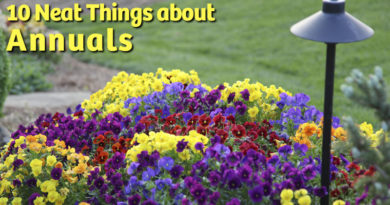
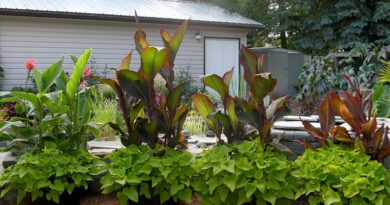
Pingback: Pungent plants - Canada's LOCAL Gardener magazine